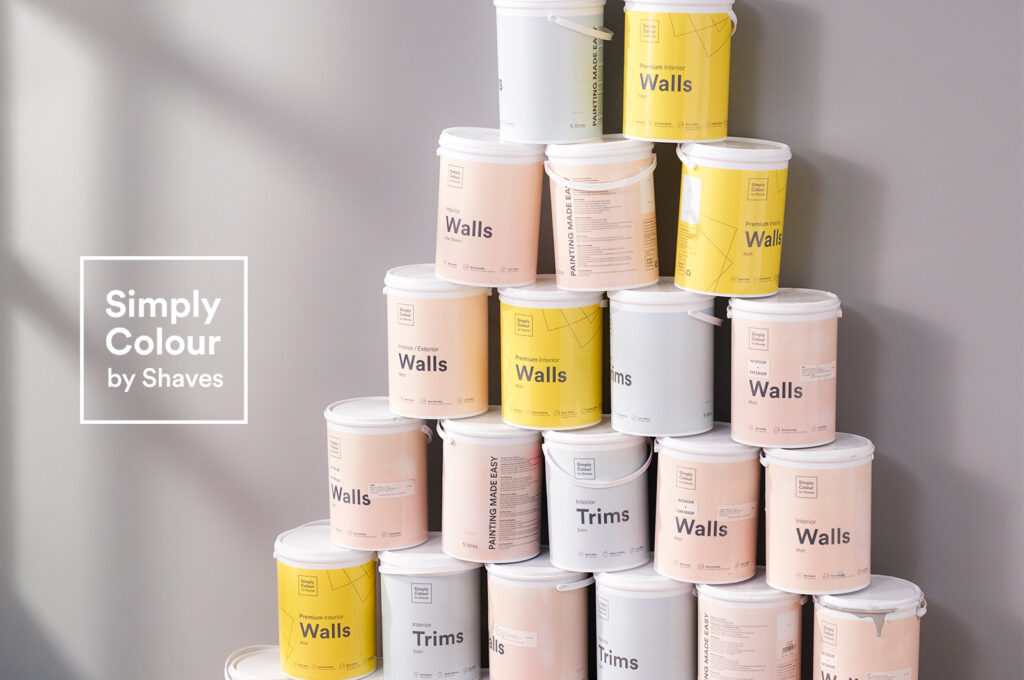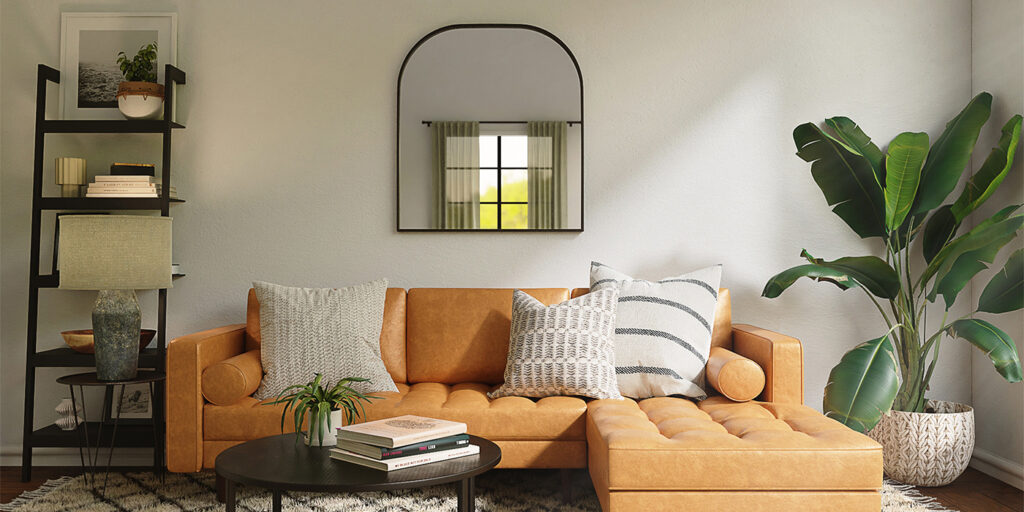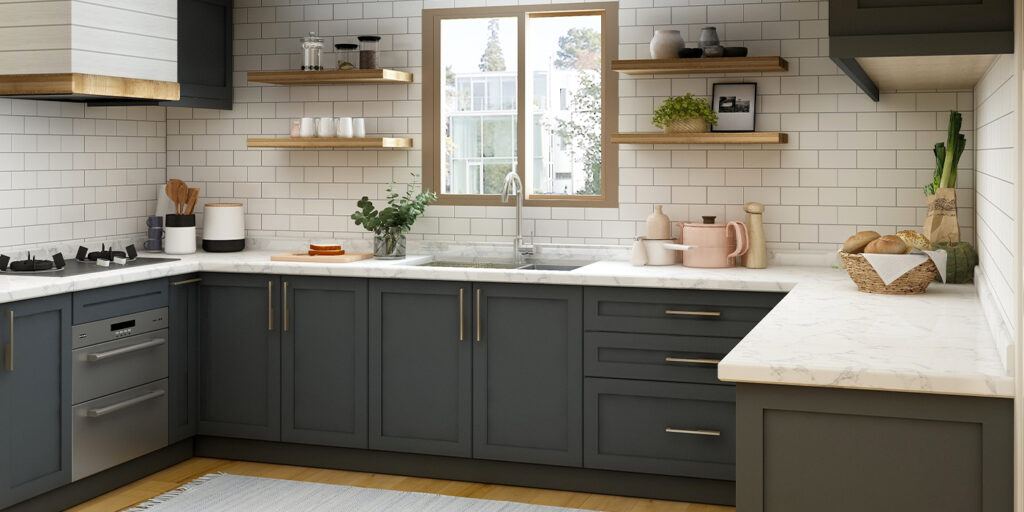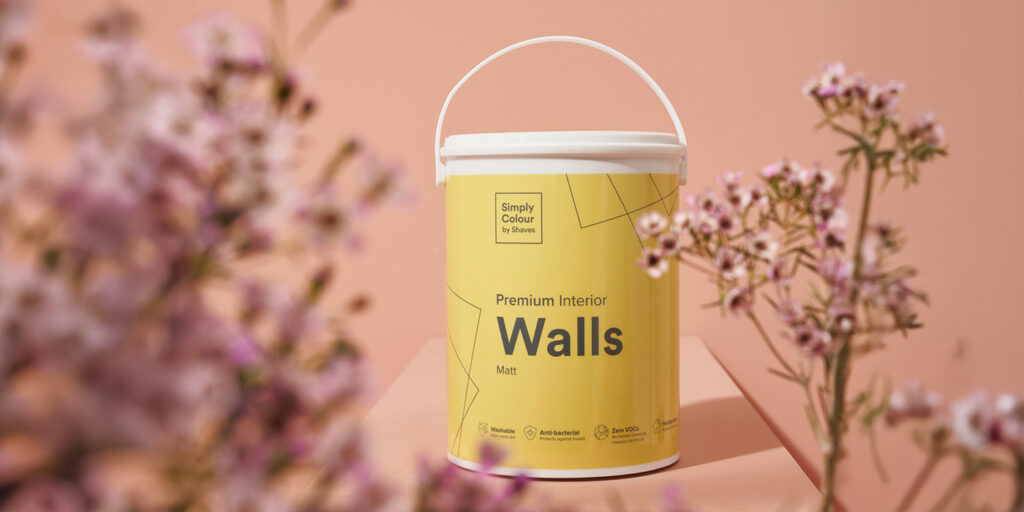Water-Based vs Solvent-Based Paint: What’s the Difference?

The Science of Paint: What’s in it and Why it Matters
Ever wondered what makes paint, well, paint? It’s more than just coloured liquid in a tin—it’s a science. The type of paint you choose affects how it looks, how long it lasts in the environment, and even the air you breathe. We’ll dive into the chemistry of paint, break down what it’s made of, and, most importantly, figure out whether water-based or solvent-based paint is the right choice for your project. For professional painters and handymen, this serves as a valuable resource to refer back to, while for homemakers taking on DIY painting projects, this is one to bookmark for future learning. So, let’s go.
Key Paint Terms You Should Know
Before diving into the details, here are some important paint-related terms and definitions to help you understand the differences between water-based and solvent-based paints:
- Solvent – The liquid component that dissolves the other ingredients and helps the paint spread smoothly. Water-based paints use water as the solvent, while solvent-based paints use chemicals like turpentine or mineral spirits.
- VOC (Volatile Organic Compounds) – Chemicals that evaporate into the air as paint dries. High VOC levels in solvent-based paints contribute to strong fumes, while water-based paints have low VOCs, making them safer.
- Binder – The ingredient that holds the paint together, affecting durability and finish. Acrylic and latex binders are common in water-based paints, while alkyd or oil-based binders are used in solvent-based paints.
- Finish – The final appearance of the paint once dry. Common finishes include matt, satin, gloss, and high-gloss, each offering different levels of shine and durability.
- Curing Time – The period required for the paint to fully cure and reach its maximum durability. Water-based paints and Solvent-based paints usually take 5 -7 days to cure. Variations can occur however due to environmental factors.

What Are Water-Based and Solvent-Based Paints?
The Basics of Water-Based Paint
Water-based paints (also called acrylic paints) use water as the main liquid ingredient, making them user-friendly and more eco-conscious. They dry fast, are easy to clean, and are great for most interior and exterior surfaces.
Why It Works in Real Life:
- Low VOC paints are perfect for quick interior home makeovers – you can paint your walls in the morning and have dinner in the room by evening.
- Great for DIYers because clean up only requires a cloth, soap and water, no harsh chemicals.
- Low odour, meaning no need to leave the house while waiting for the paint smell to disappear.

The Basics of Solvent-Based Paint
Solvent-based paints (also known as oil-based paints or enamel paints) use stronger chemicals, making them highly durable and weather-resistant but also slower to dry and more pungent. They also require chemicals for cleaning up spills and brushes, adding a little more effort to the job. While they have a stronger scent and are less eco-friendly due to higher VOCs, their trade-off is superior resilience for areas like doors, trims and cupboards.
Why It Works in Real Life:
- Ideal for surfaces and spaces that need extra protection.
- Holds up well in high-moisture areas like kitchens and bathrooms, where condensation and stains are common.
- Provides that rich, professional finish often seen on doors and furniture.
- They come in different finishes Gloss, Satin and Eggshell(Low Sheen)

Key Differences Between Water-Based and Solvent-Based Paints
Use this Paint Durability Comparison Table for quick reference to see which paint is right for you and your project.
| Feature | Water-based Paint | Solvent-based Paint |
| Durability & Longevity | Improved formulations make it increasingly resilient, Today there are various qualities of Water-based paints for interior and exterior spaces. | Extremely tough, resistant to wear and high-traffic areas. |
| Application & Finish | Dries quickly and now with improved technology, Water-based paints come in various finishes including gloss water-based enamels. Other finishes include Matt, Low Sheen and Mid Sheen. | Slower drying but gives a rich, smooth application, resulting in a durable finish. These Solvent-based paints are available in gloss, satin and eggshell(low sheen) |
| Colour Depth & Retention: | While improvements have been made, water-based paints may require more coats for deep, rich colours to achieve complete obliteration(coverage). | For deep, rich colours, solvent-based paints often hold and retain vibrant shades better, making them ideal for a bold colours. |
| Environmental & Safety | Low VOCs, safer for indoor use, better air quality. | High VOCs, strong fumes, requires good ventilation. |
| Clean-Up | Easy: water, a little soap and a rag. | Requires turpentine or paint thinners. |
| Best for | The premium ranges of Water-based paint are ideal for exterior and interior walls, ceilings, quick projects. Water-based paints are also great for furniture, feature walls, and creative finishes like chalk or water-based enamels. Ideal for homes with children or pets due to low VOCs and easy clean-up. | Trim, doors, woodwork, high-moisture areas and where a tough, durable finish is required (e.g Gates and burglar bars) |
Choosing the Right Paint for Your Space
Still unsure which paint to pick? Think about your space, your lifestyle, and your priorities:
- For a modern, low-maintenance home: Water-based paints are a winner for living areas, bedrooms, and anywhere you want to quickly update and achieve a fresh, easy-to-maintain finish.
- For durability in high-traffic areas: Solvent-based paints hold up better in places prone to scuffs and scratches, like hallways, staircases, and doors and doorframes.
- For kitchens and bathrooms: Solvent-based paints can help protect against mould, while some premium water-based paints also offer mould-resistant formulas.
- For wood and metal surfaces: solvent-based enamels provide extra protection and a hard finish when compared to water-based.

Making the Eco-friendly Choice
For South African homeowners looking to make greener choices, acrylic water-based paints are leading the way. They produce fewer emissions, contribute to healthier indoor air quality, and significantly reduce environmental impact compared to traditional solvent-based or enamel paints. With paint technology evolving, modern water-based paints are tougher than ever before, ensuring that choosing eco-friendly doesn’t mean compromising on quality.
Simply Colour is committed to sustainability, offering a range of low-VOC, high-performance water-based paints that allow you to create a beautiful space while minimising your environmental footprint. By choosing paints like Simply Colour, with recyclable packaging, eco-friendly ingredients, and reduced chemical emissions, you’re making a responsible choice for your home, your family and the planet.

Final Thoughts on Water vs. Solvent-Based Paints
Expert Advice: There is no such thing as cheap paint
“Always choose a premium quality paint for your internal and external walls, They are more durable and last longer than cheaper quality paints. Maintenance is less frequent compared to when a cheaper coating is chosen.”
-Shaun Reddy, Shaves Senior Technical Sales Representative
The best choice ultimately depends on your project goals, where you’re painting, and what you cannot compromise on. Whether you value quick drying times and eco-friendliness or need a finish that can withstand more abuse, selecting the right paint ensures a beautiful and lasting result. When selecting paint, opt for quality brands that prioritise sustainability with low-VOC formulas, recycled packaging, and water-based options that perform as well as their solvent-based counterparts.
Need help picking the perfect paint? Simply Colour has all the best eco-friendly paint options for any project, plus expert advice. Shop now and ensure your project is a success with the right paint choice.
